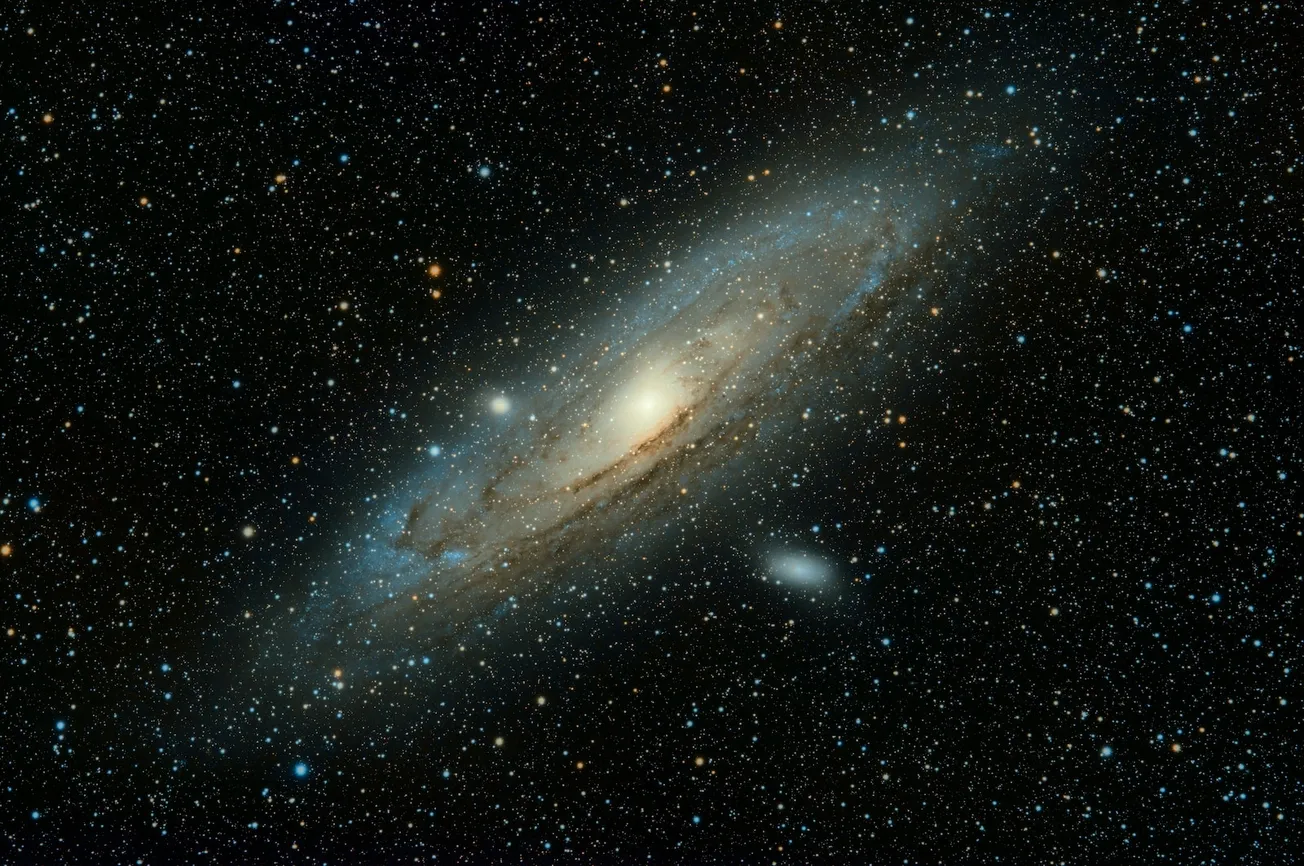Thomas Crow
Thomas Crow is an Australian science writer. He has a background in professional writing, biochemistry and genetics. He writes for Australian and New Zealand research institutes and publications like Crikey. He’s a horror and gothic fantasy fan. He thinks of himself as a gardener but scores of dead plants beg to differ.
WA astronomers have discovered a new fast radio burst and tracked it back to its host galaxy to find something quite unexpected.
Fast radio bursts (FRBs) are one of the biggest unsolved mysteries in astronomy.
Astronomers categorise them as intense bursts of radio waves that last for milliseconds.
Through a radio telescope, they look a bit like pulses from super-dense and energetic stars called pulsars.
Theories about their origins range from alien spacecraft to cosmic strings. Currently, the most widely accepted theories use observable evidence about the galaxy they come from.
OUT OF THIS WORLD
FRBs are hosted in galaxies with high-energy bodies like magnetars (powerful neutron stars) or supernovae (massive space explosions).

Artist’s depiction of a fast radio burst travelling across galaxies | ESO/M Kornmesser via Wikimedia Commons
FRBs may also be formed by merging neutron stars or black holes.
When it comes to the exact origins of FRBs, there are many different theories floating around. But one thing that all astronomers agree on is that whatever is making an FRB must be very powerful.
Except, the latest FRB emerged from a pretty quiet neighbourhood.
A CHILLED OUT COSMOS
Dr Marcin Glowacki is an astronomer at the Curtin Institute of Radio Astronomy. He was part of the survey that discovered the unusual FRB.
It’s been given the clunky name of FRB 202111127I. And it was observed coming from a “fairly calm galaxy”.

The FRB’s host galaxy, a quiet corner of the universe (HI optical animation) | Glowacki et al
“There’s a little bit of turbulence, but not much,” says Marcin.
“Not on the same level as other host galaxies we’ve identified.”
In galactic terms, being ‘calm’ means you’re not colliding with a nearby galaxy and your neutral hydrogen is fairly even.
MYSTERIOUS ORIGINS
Hydrogen is the building block of stars, so having a uniform spread means the galaxy is likely quiet.
If the galaxy hosting FRB 202111127I is as quiet as it seems, it probably doesn’t have the energetic bodies that astronomers predict produce FRBs.
“Other FRB galaxies show a strong asymmetric hydrogen signal indicating they’ve recently merged,” says Marcin.
“Or it could be a star, whose remnant created the FRB, formed another way, rather than from a galaxy merger.”
FRB PHONE HOME
It’s important to understand FRBs because they can be very useful for mapping space.
“They are also tools used by astronomers to learn more about the space between the host galaxy and Earth,” says Marcin.
Radio waves are one of the main ways we collect information about the far reaches of space.
The Australian Square Kilometre Array Pathfinder (ASKAP) is one of the most powerful tools used to measure these signals. ASKAP currently consists of 36 radio antennas pointing skywards in Murchison, WA.
The ASKAP telescope detects stars, galactic mergers and FRBs by collecting radio waves. Capturing these powerful radio beams is like getting a detailed snapshot of a section of space.
GETTING LOUDER
Astronomers are detecting more FRBs than ever.

Artist’s depiction of a pulsar with a rubble disk | NASA
The first FRB was found in 2007 using archival data. Over the next decade, astronomers detected an additional 140 FRBs. By mid-2020, the Canadian Hydrogen Intensity Mapping Experiment had detected over 1000.
The sky is full of these incredible bursts of radio waves, sending information from across the universe straight to Earth.
And we’ve only just begun to open our eyes to them.
This article was originally published on Particle. Read the original article.









